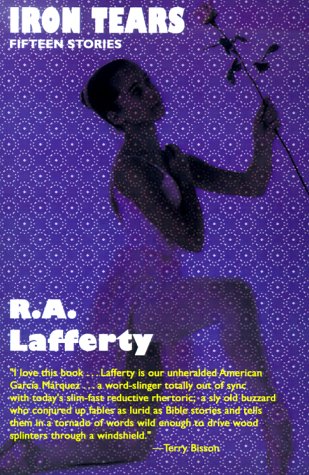Short Stories Selenium Ghosts of the Eighteen Seventies
Selenium Ghosts of the Eighteen Seventies
—R. A. Lafferty
-
- · 1978
"Even today, the “invention” of television is usually ascribed to Paul Nipkow of Germany, and the year is given as 1884. Nipkow used the principle of the variation in the electrical conductivity of selenium when exposed to light, and he used scanning discs as mechanical effectors. What else was there for him to use before the development of the phototube and the current-amplifying electron tube? The resolution of Nipkow's television was very poor due to the “slow light” characteristics of selenium response and the lack of amplification. There were, however, several men in the United States who transmitted a sort of television before Nipkow did so in Germany." —R. A. Lafferty
- · 1979 Locus 15th, Best Short Fiction
- · Mulle Kybernetik (2004)
- · Search
Copyright & Licensing: If you submit a comment, you agree to license the original text of your comment as CC-BY-4.0, allowing others to share and adapt your comment for any purpose, even commercially, as long as attribution is given and changes are indicated. Please see the full license.
Literary criticism of Lafferty has been sparse, and valuable essays remain out of print due to unclear license or estate status. The CC-BY license provides an option for Lafferty scholars to republish and critique your writing, and enables Lafferty archivists to migrate comments to new platforms and media.


